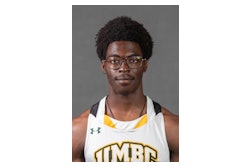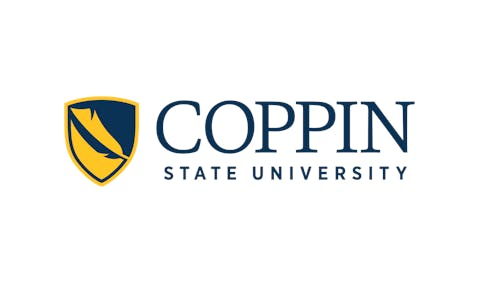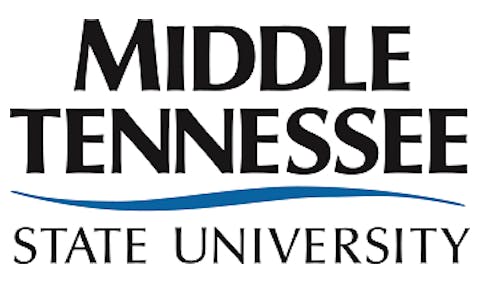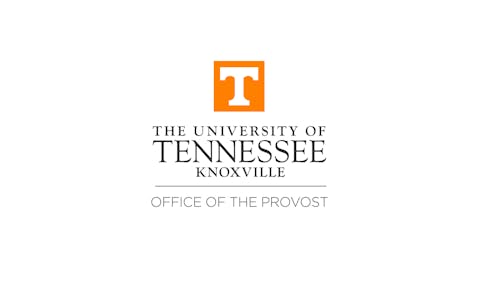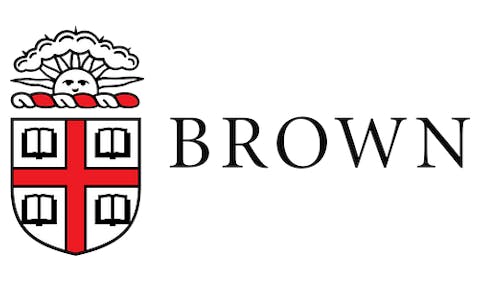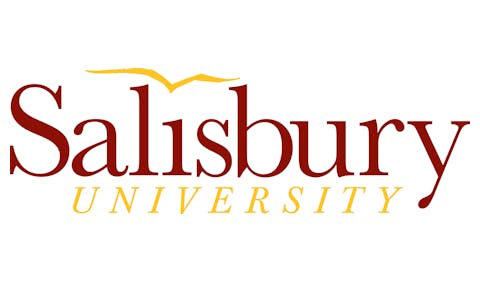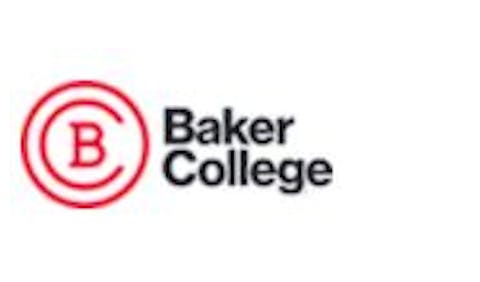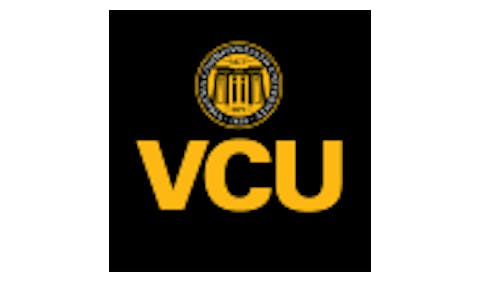Just the Stats with Olivia Pullmann
The recent U.S. Supreme Court cases challenging racial integration efforts in public schools, (Meredith v. Jefferson County Public Schools) and Seattle (Parents Involved in Community Schools v. Seattle School District no. 1). recalls five decades of integration battles, harking back to the court’s landmark 1954 Brown v. Board of Education decision. Yet, the current debate overlooks a recent shift in public school demographics: The most segregated group in schools nowadays is not Black. It is Hispanic.
The ethnic makeup of public school classrooms has changedconsiderably since the 1960s, when 80 percent of students were White. Today, according to Civil Rights Project at Harvard University, Whites constitute 58 percent of the public school student body, followed by Hispanics (19 percent), Blacks (17 percent), Asians (4 percent) and American Indians (1 percent).
Hispanics and Blacks are more likely to attend mostly minority schools today than they were 10 years ago. In the South, 32 percent of Blacks still go to schools that are 90 to 100 percent Black. And in the South, 40 percent of Hispanics go to schools that are 90 to 100 percent Hispanic. About the same percentages are true nationwide. Despite this growing trend of school resegregation, most legal and civil rights scholars expect the conservative majority on the Supreme Court to strike down school boards’ efforts to integrate.
Hispanic segregation, compared to Black segregation, appears to get less attention, perhaps because of public perceptions. Black isolation is seen as a product of racism and discrimination, and hence forced segregation. Hispanic isolation, meanwhile, appears more voluntary, similar to the ethnic neighborhoods of Chinatown or Little Italy. The Harvard Civil Rights Project covered this issue and more in a 2006 study, “Denver Public Schools: Resegregation, Latino Style.”
“Separate is inherently unequal” was once the conclusion of the Supreme Court on matters of school segregation. We can only hope that the current court will rule in such a way that builds on diversity, not division.
Got a question? E-mail [email protected]
© Copyright 2005 by DiverseEducation.com








